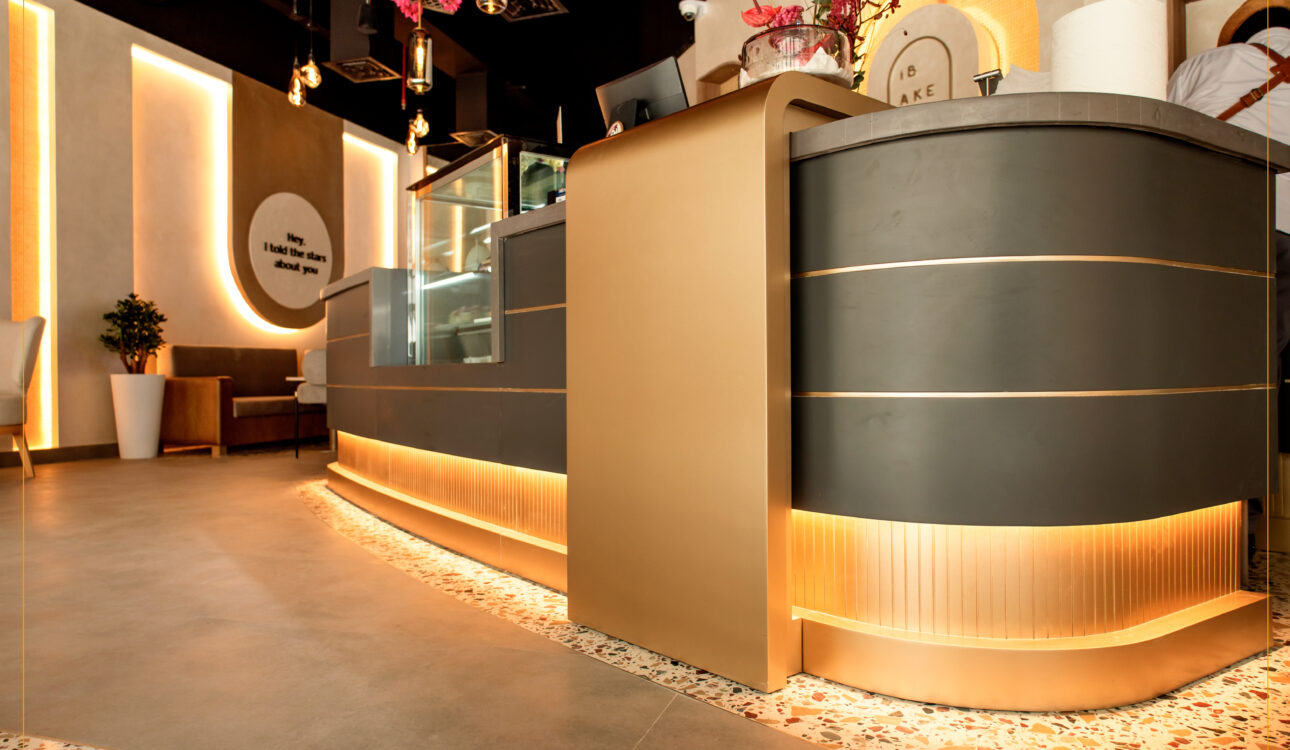Introduction
Standing desks have become increasingly popular in modern workplaces, praised for their potential health benefits and productivity enhancements. With sedentary lifestyles linked to numerous health issues, standing desks offer an alternative that encourages movement and reduces the time spent sitting. This article explores the benefits of standing desks in the workplace, the different types available, how to use them effectively, and addresses common concerns in any interior fitout.
Types of Standing Desks
Fixed Height Standing Desks
- Description: Fixed height standing desks are non-adjustable and are set at a specific height.
- Pros: Cost-effective and simple design.
- Cons: Lack of adjustability may not accommodate all users.
Adjustable Standing Desks
- Manual Adjustable Desks: Adjusted by hand-cranks or other manual mechanisms.
- Electric Adjustable Desks: Use electric motors to change desk height at the push of a button.
- Sit-Stand Desks: Designed to switch between sitting and standing positions easily.
Desktop Converters
- Description: Sit atop an existing desk, allowing for a standing workspace without replacing furniture.
- Pros: Affordable and easy to implement.
- Cons: May have limited space and stability.
Benefits of Standing Desks
Health Benefits
- Reduced Risk of Obesity: Standing burns more calories compared to sitting.
- Lower Blood Sugar Levels: Standing after meals can help lower blood sugar levels.
- Reduced Risk of Heart Disease: Sitting for extended periods is linked to an increased risk of heart disease.
- Reduced Back Pain: Standing desks can alleviate back pain caused by prolonged sitting.
- Improved Posture: Encourages better posture and reduces the risk of musculoskeletal problems.
Productivity Benefits
- Increased Energy and Mood: Standing promotes movement, leading to higher energy levels and improved mood.
- Enhanced Focus: Reduced physical discomfort can lead to better concentration.
- Improved Collaboration: Standing desks can foster a more dynamic and interactive work environment.
How to Use a Standing Desk Effectively
Proper Ergonomics
- Desk Height: Ensure the desk is at elbow height.
- Monitor Position: Top of the screen should be at or slightly below eye level.
- Keyboard and Mouse Placement: Keep wrists straight and parallel to the floor.
Transitioning from Sitting to Standing
- Start Slowly: Gradually increase standing time.
- Alternate Between Sitting and Standing: Aim for a balance to avoid fatigue.
- Use Anti-Fatigue Mats: Reduce strain on legs and feet.
Common Concerns
Comfort and Fatigue
- Solutions: Use supportive footwear, take breaks, and incorporate movement.
Impact on Productivity
- Research Findings: Studies show mixed results, but many report increased productivity and engagement.
Cost Considerations
- Budget-Friendly Options: Desktop converters and manual adjustable desks offer cost-effective solutions.
Conclusion
By understanding the benefits of standing desks in the workplace, present a promising solution to the sedentary nature of modern work life. By promoting movement and reducing the risks associated with prolonged sitting, standing desks can enhance both health and productivity in the workplace. Adopting proper ergonomics and transitioning gradually can help maximize the benefits. As workplaces evolve, standing desks may become an integral part of creating healthier and more dynamic work environments.






